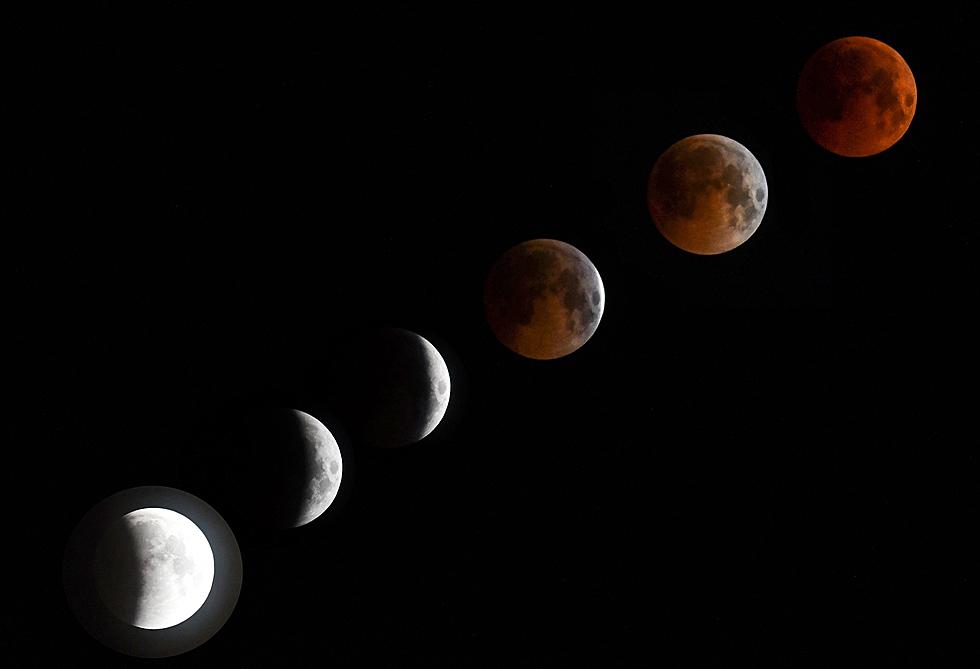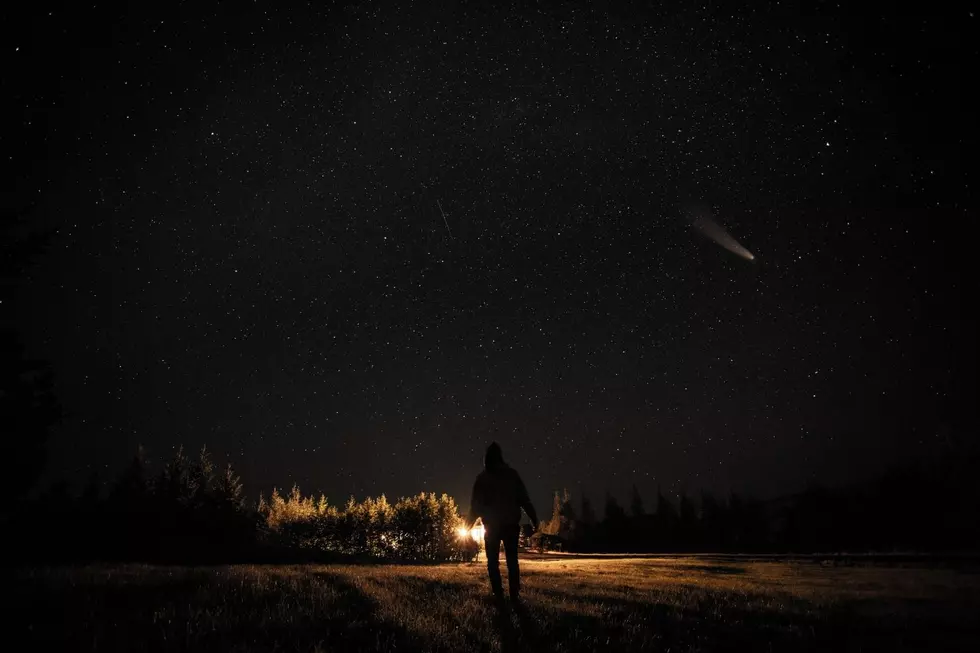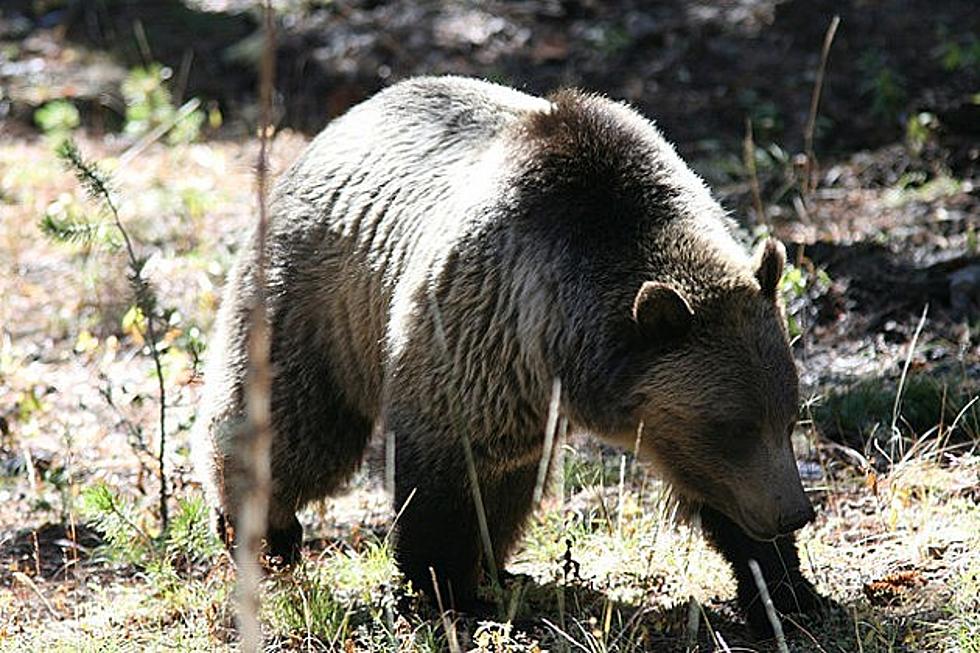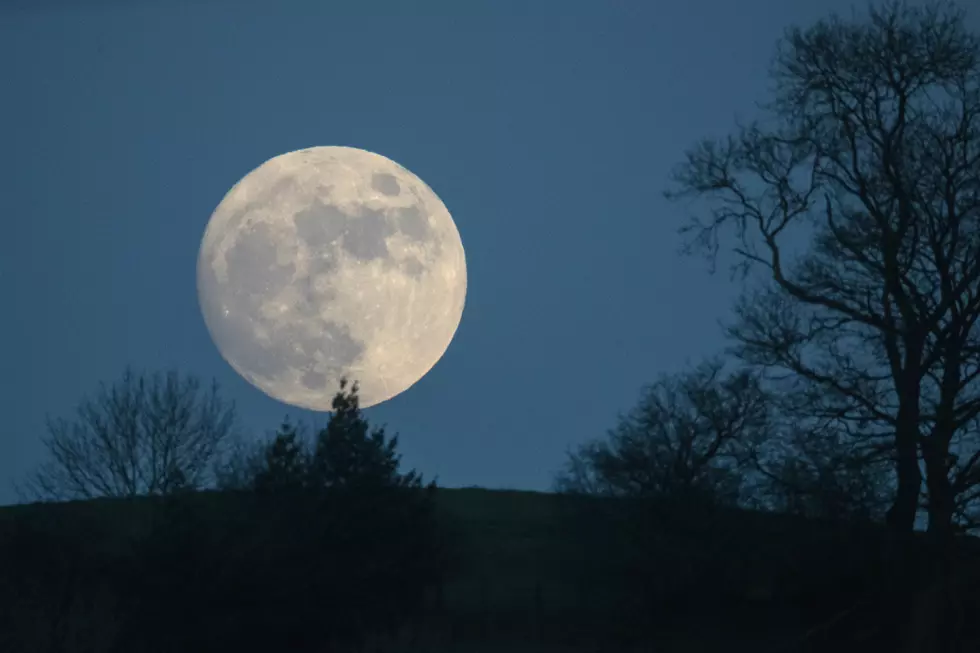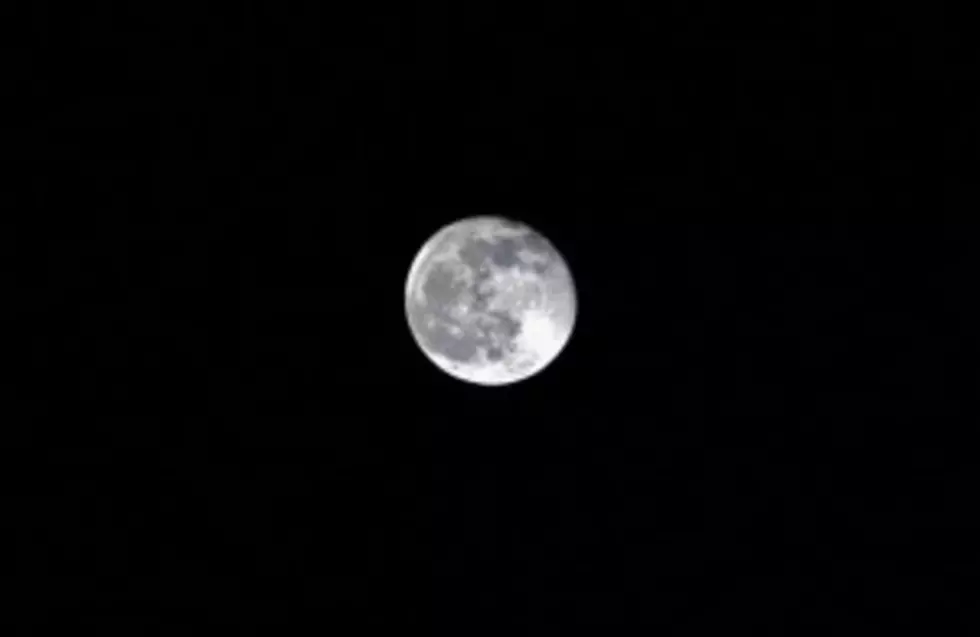
NASA Moon Probes To Play Chase Over Lunar Surface
NASA is sending a set of robotic twins to the moon to measure lunar gravity while chasing one another around in circles.
Thursday and Friday's scheduled launches were delayed by high winds at Cape Canaveral, so NASA will try again on Saturday morning. Their launch window extends into mid-October.
The near-identical twins called GRAIL-A and GRAIL-B, (short for Gravity Recovery and Interior Laboratory), will create the most precise lunar gravity map ever, helping scientists figure out what's beneath the lunar surface and pinpoint the best landing sites for future explorers.Even though they'll be launched together, the two washing machine-size spacecraft will separate an hour into the flight and travel independently to the moon. The roundabout trip will take three to four months, traveling more than 2 million miles. The total cost of the mission is $496 million.
Grail-A is scheduled to arrive on New Year's Eve, followed by Grail-B on New Year's Day. They will orbit around the lunar poles and eventually wind up circling only 34 miles above the surface.
For nearly three months, the spacecraft will chase one another around the moon, meticulously flying in formation. Radio signals bouncing between the twins will provide their exact locations, even on the dark side of the moon.
Scientists hope the mission answers questions about the moon's origin and it's mysterious far side. Recent research suggests that Earth may have had a second smaller moon that collided with our present moon, producing a mountainous region.
Since the Space Age began in 1957, there have been 109 missions to the moon, 12 men have walked on it's surface during six landings and 842 pounds of rock and and soil have been brought back to Earth and are still being analyzed.
More From 101.9 KING-FM

